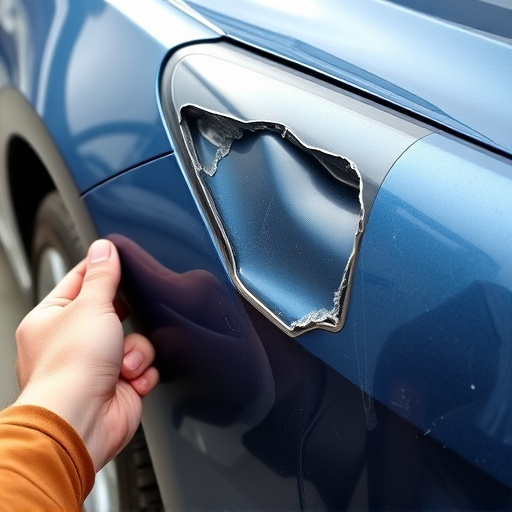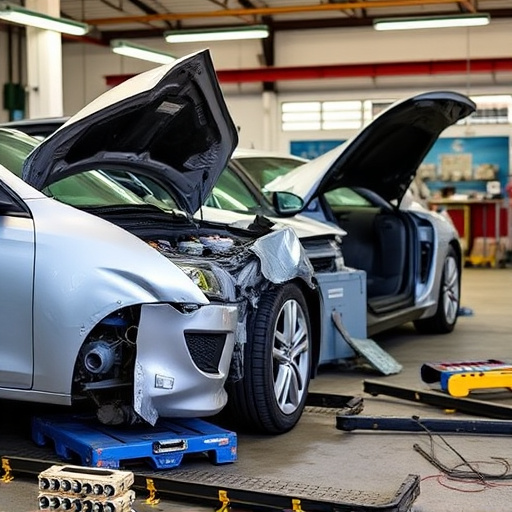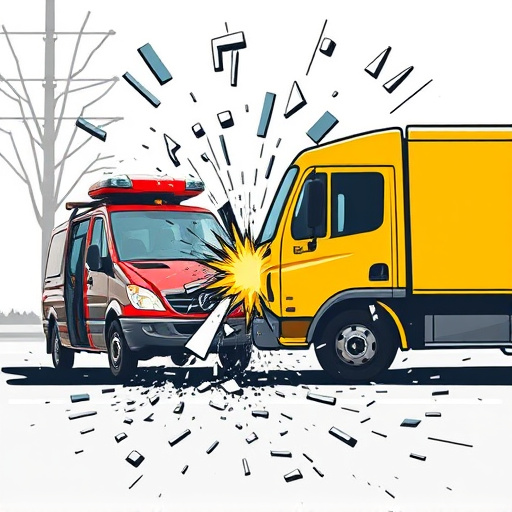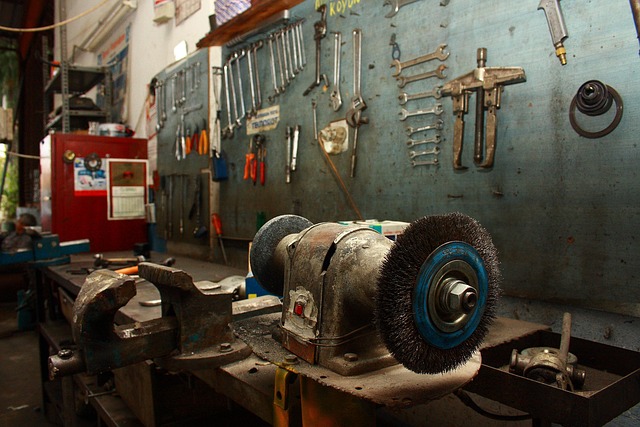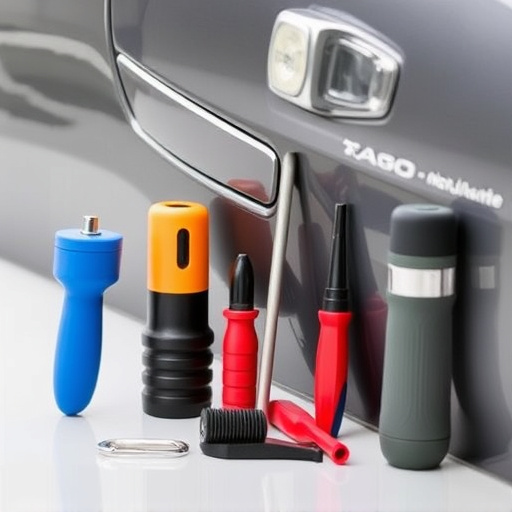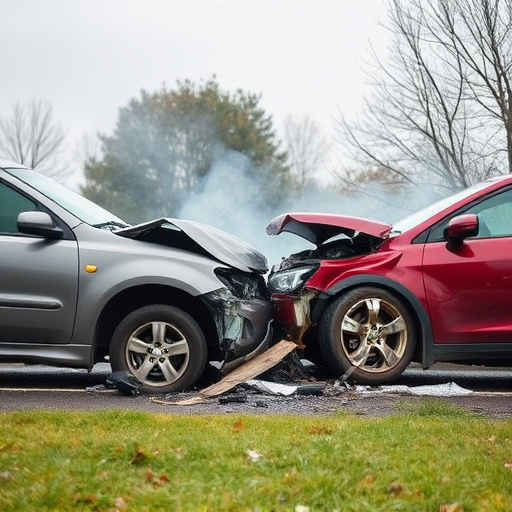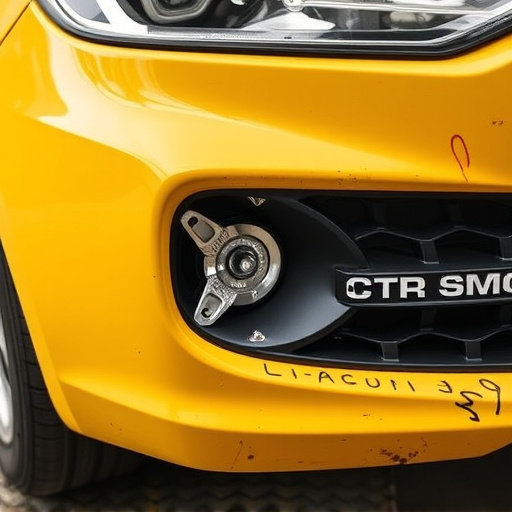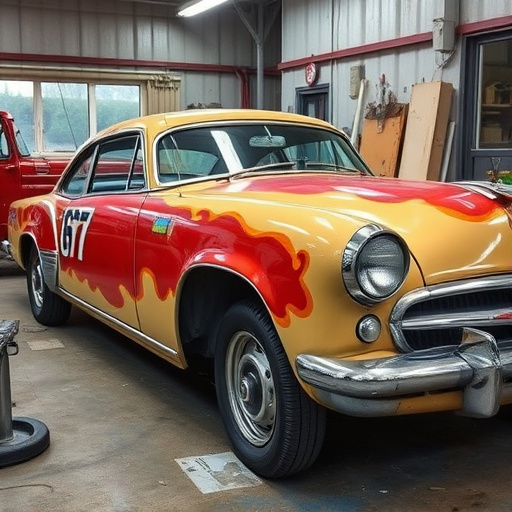Paintless dent repair (PDR) is a specialized technique using tools like air compressors and mallets to reverse minor cosmetic damage like door dings, fender benders, and hail damage without disturbing original paintwork. Despite misconceptions, PDR effectively fixes various damage levels and preserves vehicle aesthetics. While convenient and cost-effective, not all dents are suitable for PDR; deep or complex damage may require traditional body work.
“Uncover the mysteries of Paintless Dent Repair (PDR) – a popular yet often misunderstood car damage restoration technique. This article aims to demystify PDR, offering an insightful guide for both car owners and enthusiasts. We’ll explore the process, dispel common myths, and provide a reality check on its benefits and limitations. By understanding PDR, you’ll make informed decisions about your vehicle’s care, ensuring top-notch repairs without the need for repainting.”
- Understanding the Paintless Dent Repair Process
- Debunking Common Misconceptions About PDR
- Benefits and Limitations: The Reality Check
Understanding the Paintless Dent Repair Process
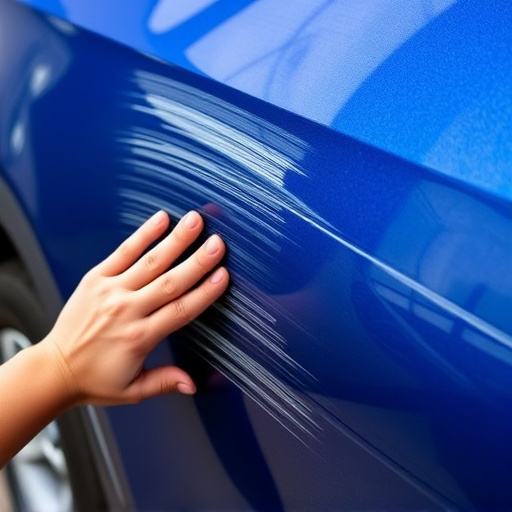
The paintless dent repair method is a specialized technique used to restore vehicle bodies with minimal intervention. It involves skilled technicians gently working on the damaged area, using specialized tools and knowledge to reverse dents and dings. Unlike traditional painting and repainting methods, this approach preserves the original factory finish, making it ideal for minor cosmetic issues like door dings, fender benders, or hail damage.
This process begins with a thorough inspection to determine the extent of the damage. Technicians then use various tools, such as air compressors, mallets, and special pulling tools, to gently pry the dent out from behind the panel without affecting the paint job. The result is a flawless repair that’s nearly invisible to the naked eye, making it a popular choice for those seeking efficient and cost-effective vehicle restoration at collision repair centers.
Debunking Common Misconceptions About PDR
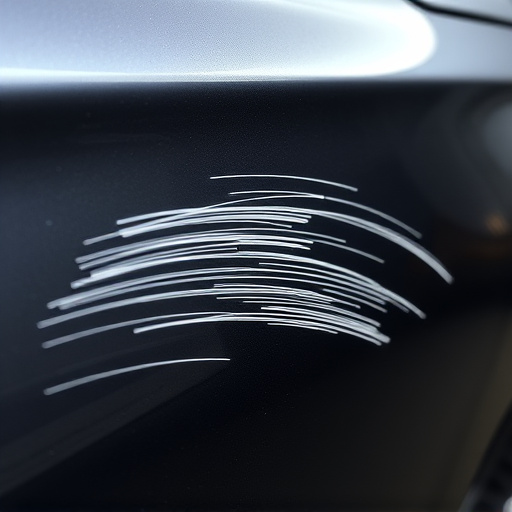
Many people believe that paintless dent repair (PDR) is a new and experimental technique, but this method has been around for decades. It involves specialized tools and techniques to remove dents and dings from vehicle bodies without damaging the surrounding paintwork. Despite its long history, PDR still faces misconceptions. One common myth is that it can only be used on minor dents; however, PDR can effectively repair a wide range of damage, including large dents and complex shapes.
Another misconception is that PDR is less reliable or durable than traditional auto body repairs. In reality, when performed by skilled technicians using high-quality equipment, PDR offers excellent long-term results. Unlike painting methods, PDR preserves the original factory finish, ensuring a seamless repair that blends in with the rest of the vehicle. This makes it an attractive option for those looking to maintain their car’s value, especially for luxury brands like Mercedes-Benz collision repair services where preserving the vehicle’s aesthetics is paramount.
Benefits and Limitations: The Reality Check
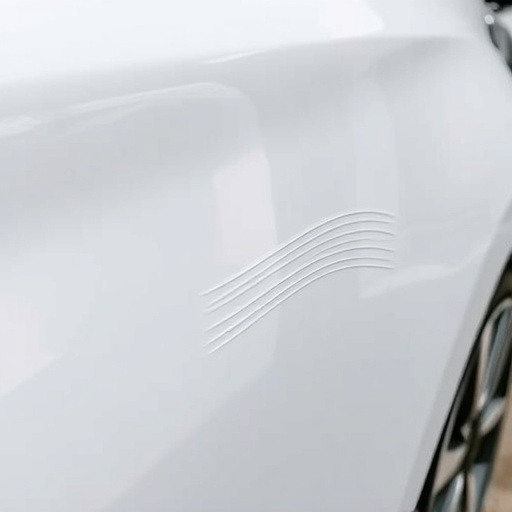
The paintless dent repair method has gained popularity as an innovative solution for auto body restoration, promising both convenience and cost-effectiveness. This non-invasive technique involves the use of specialized tools and techniques to gently press out dents from a car’s body panel without damaging the surrounding paint or requiring extensive repainting. One of its significant advantages is minimizing downtime; vehicles can often be restored the same day, making it convenient for those with busy schedules. Moreover, it preserves the original factory finish, ensuring the vehicle retains its aesthetic appeal and resale value.
Despite these benefits, there are limitations to consider. Not all dents or damage are suitable for paintless dent repair. Deep or complex dents might require more aggressive methods, such as traditional body work and painting. Additionally, while it saves time and money in many cases, the process can be labor-intensive, requiring skilled technicians to achieve optimal results. It’s essential to remember that this method is not a one-size-fits-all solution for automotive restoration, and the outcome depends on various factors, including the extent of the damage and the expertise of the repair shop.
The paintless dent repair (PDR) method has gained popularity as an innovative way to restore vehicle aesthetics. By understanding the process, we dispel common myths and appreciate the benefits it offers. PDR is a skilled technique that preserves the original factory finish, making it an attractive solution for minor dents and scratches. However, like any method, it has limitations and isn’t suitable for all damage. Knowing the reality allows informed decisions, ensuring the most effective care for vehicles in need of dent repair.

